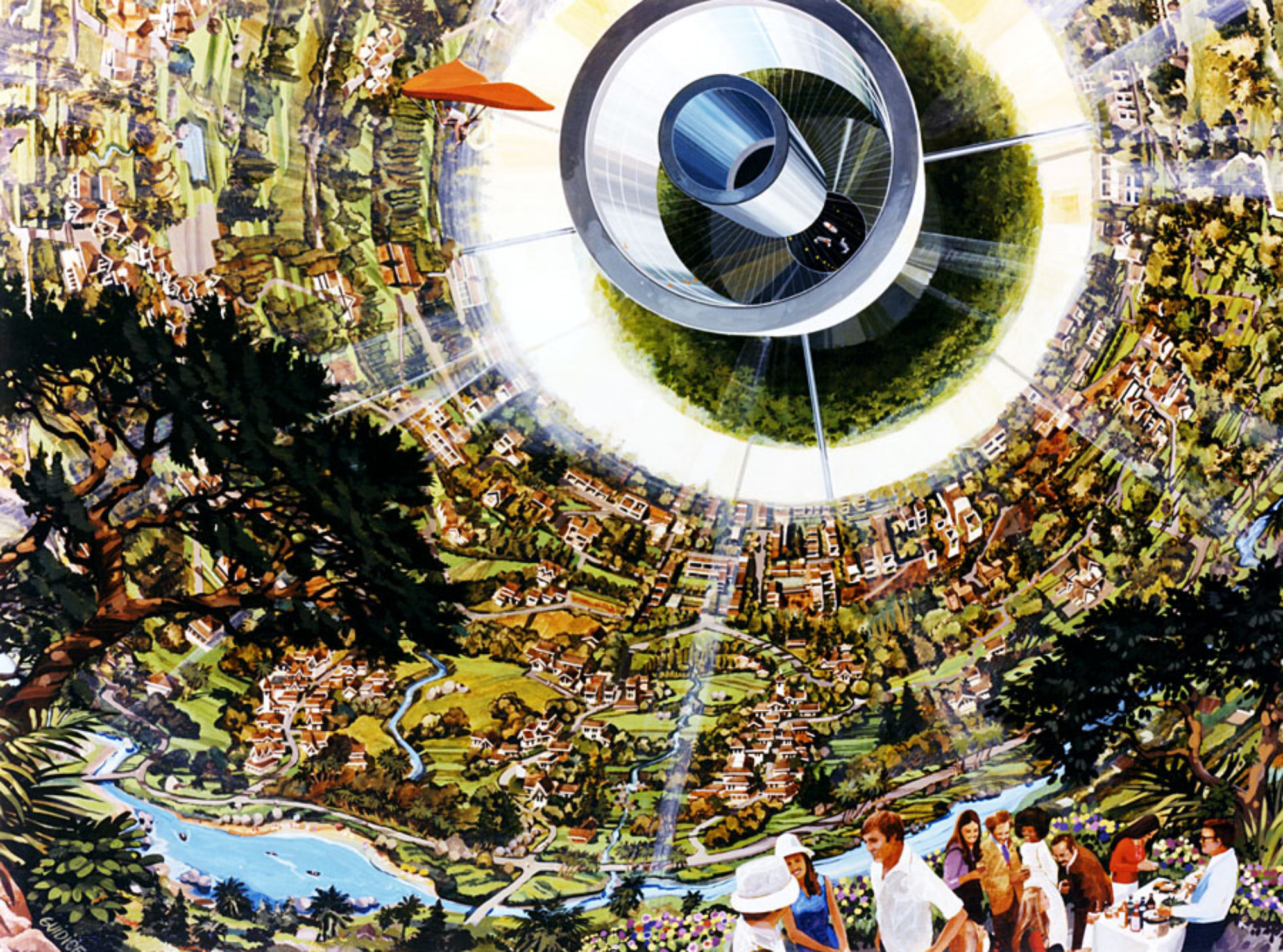
In a paper published in New Space last March, Peter Hague describes a figure of merit he developed to drive policy decisions to help accelerate space exploration and space settlement. The aim of the paper was to generate a single metric for every potential space mission on a common scale for comparison purposes. This ‘mass value’ is the amount of mass that would need to be placed in low Earth orbit (LEO) to perform the same mission using a baseline method. That method would use only storable propellants and Hohmann transfer orbits – no gravity assists, aerocapture, high energy propellants or ISRU.
This approach puts a price on all the add-ons which expand the mission beyond the baseline. One can then use a single normalized scale to calculate how much mass to LEO you would save by making propellant on Mars for example, or by taking advantage of a certain launch window to get a gravity assist.
A hands-off government entity could subsidize space expenditures at a flat rate per kg of mass value, confident they are promoting space development without having legislators involved in engineering decisions.
Aggregating all the missions by a nation, company, or other entity could be used to calculate an analogue of GDP for a space civilization. While this does not measure everything we care about – scientific merit, human occupation, etc – neither does GDP. It does capture the overall capability to move around the solar system; and as such, is as useful for charting our journey to becoming a Type II civilization on the Kardashev Scale as it is for analyzing individual missions.
Thanks to Peter Hague for the material in this post. We’ve heard a rumor that there may be a book forthcoming on the subject. Looking forward to it!
